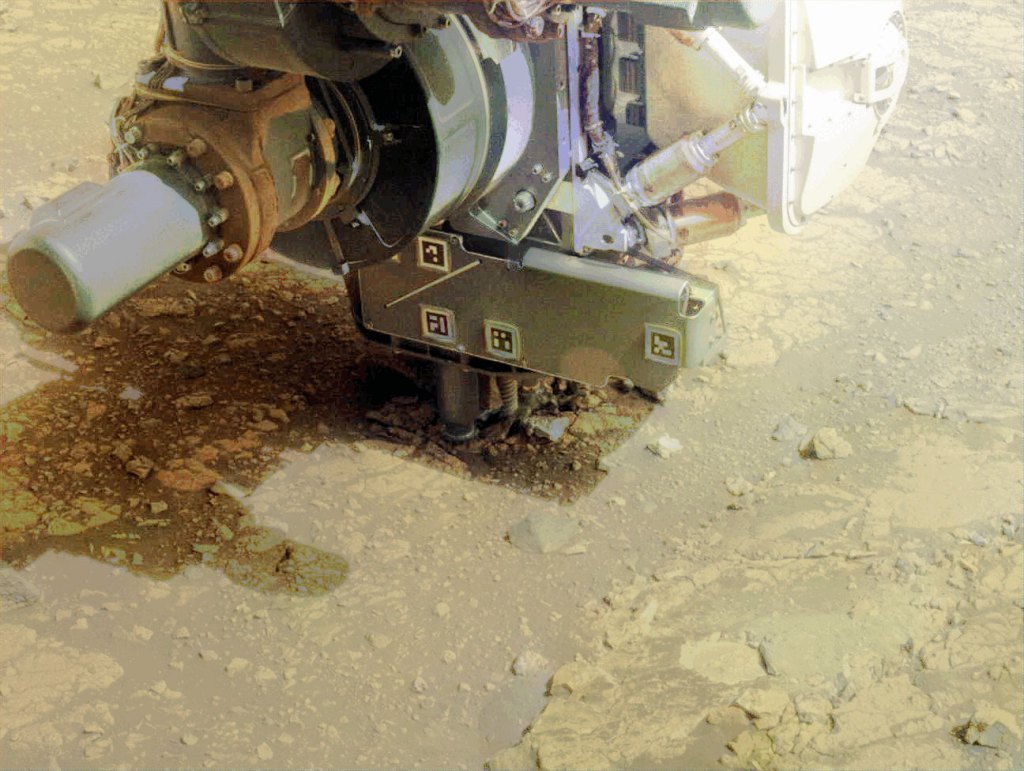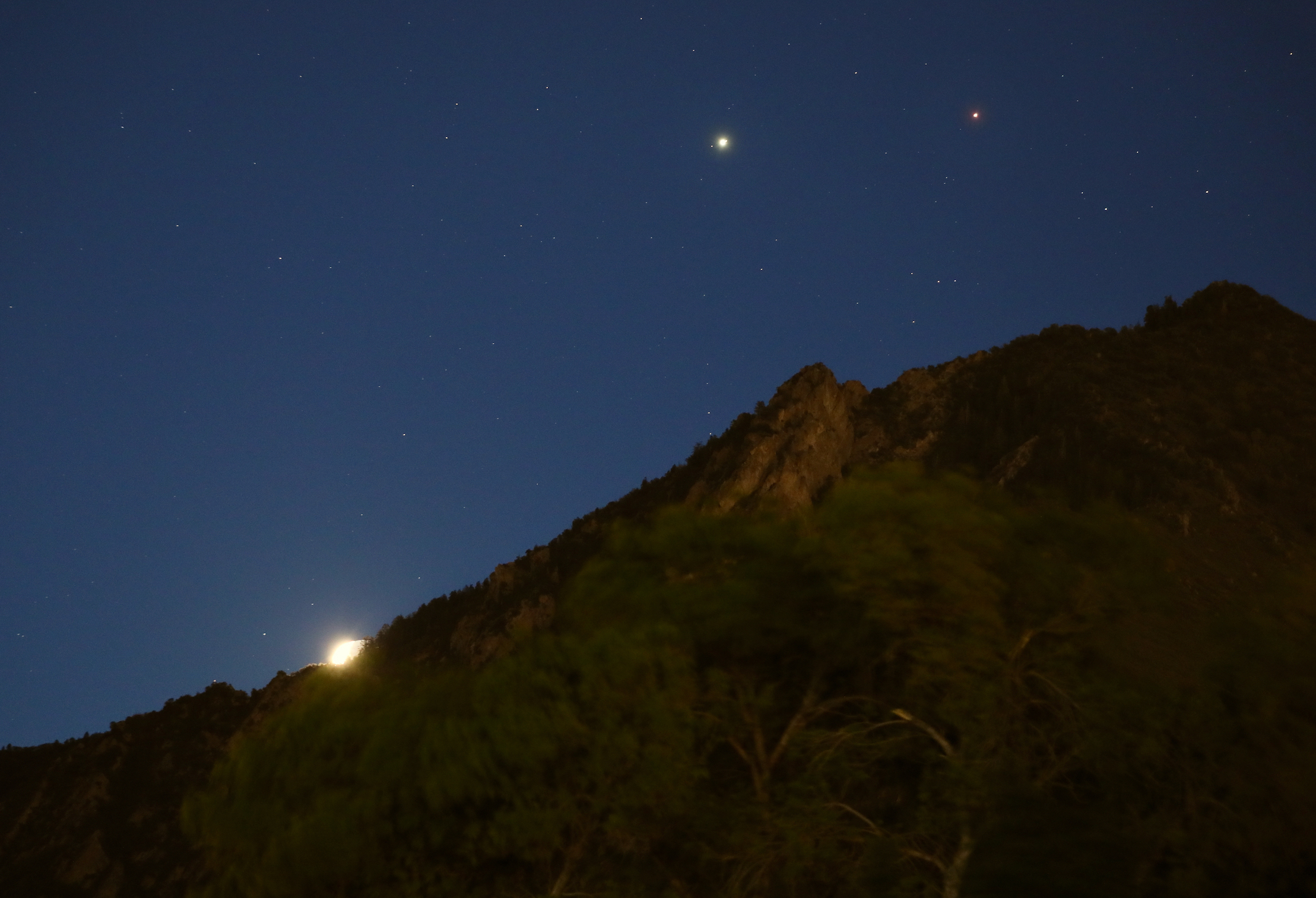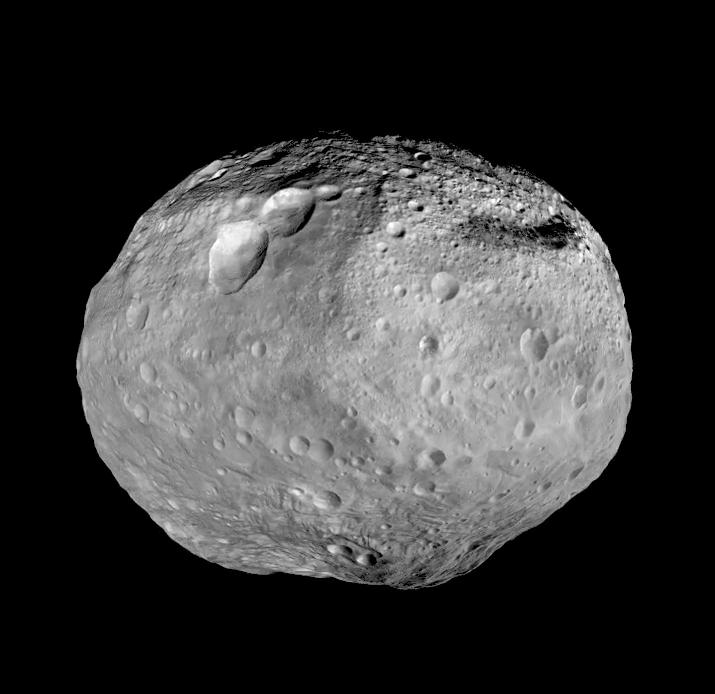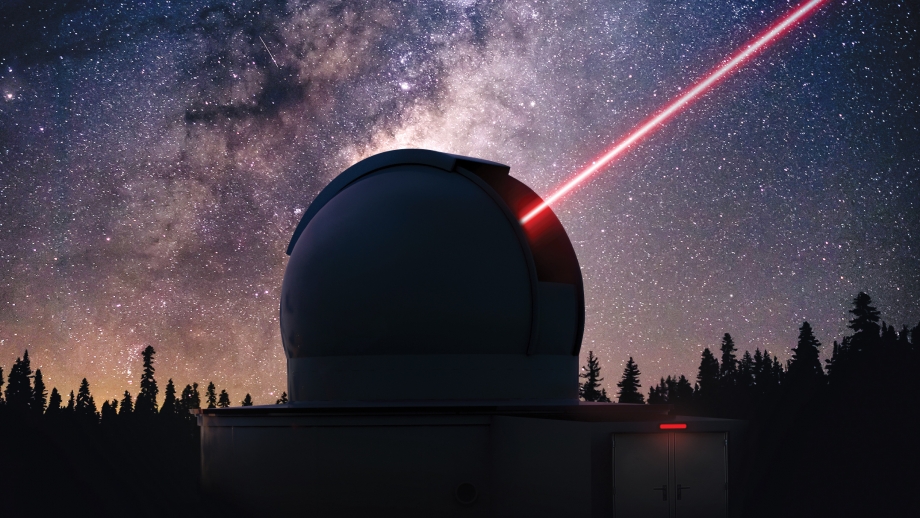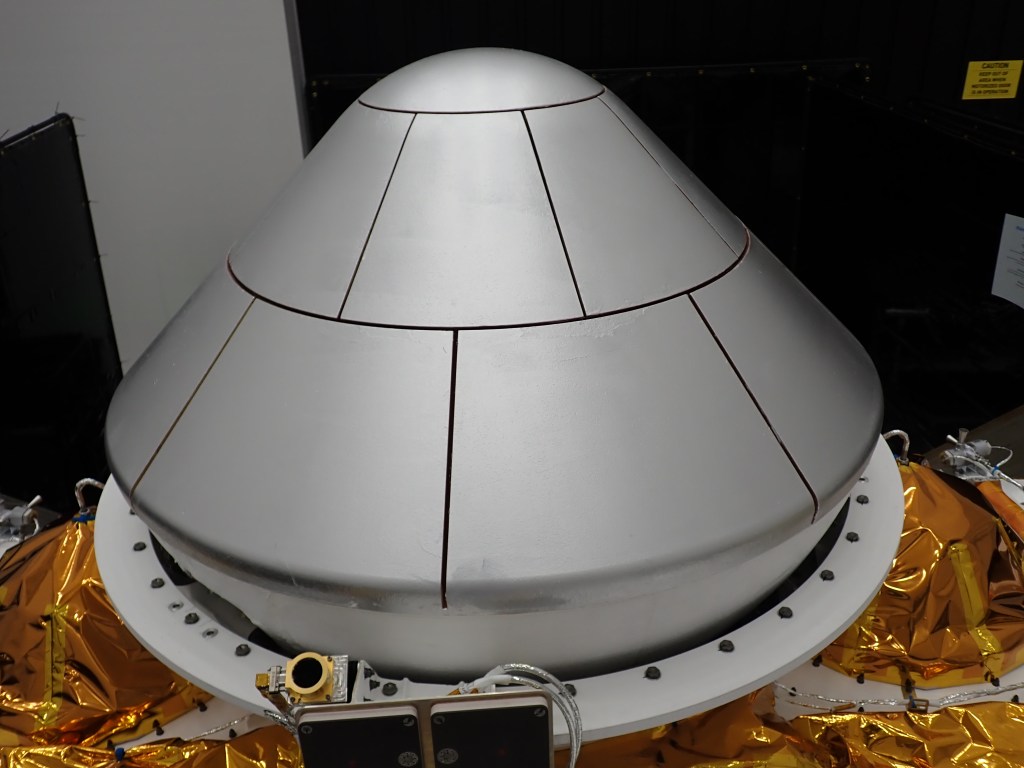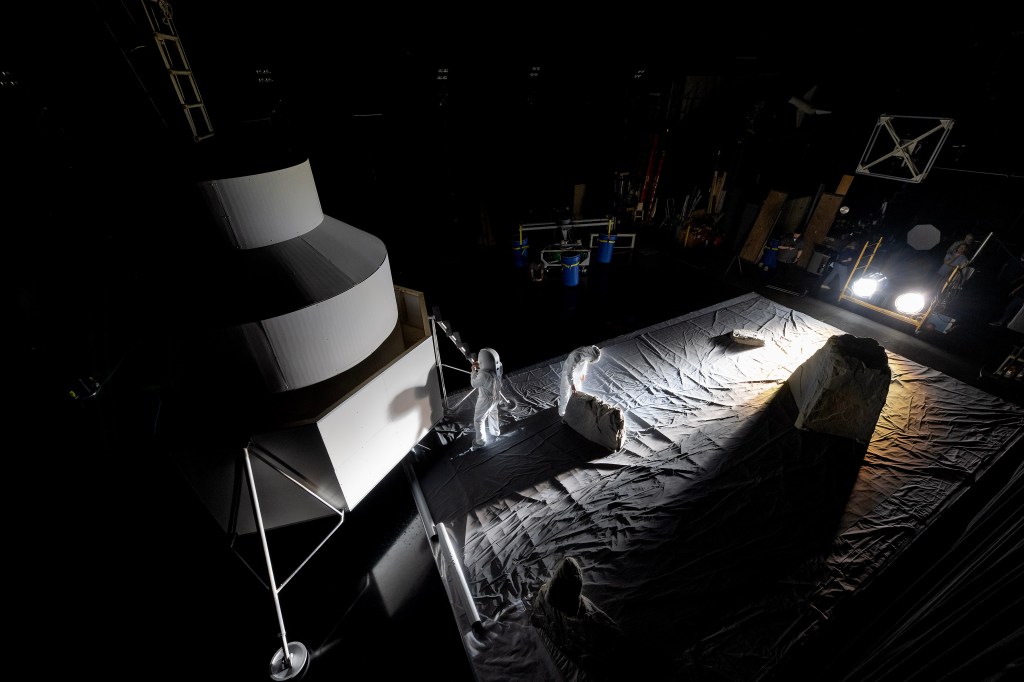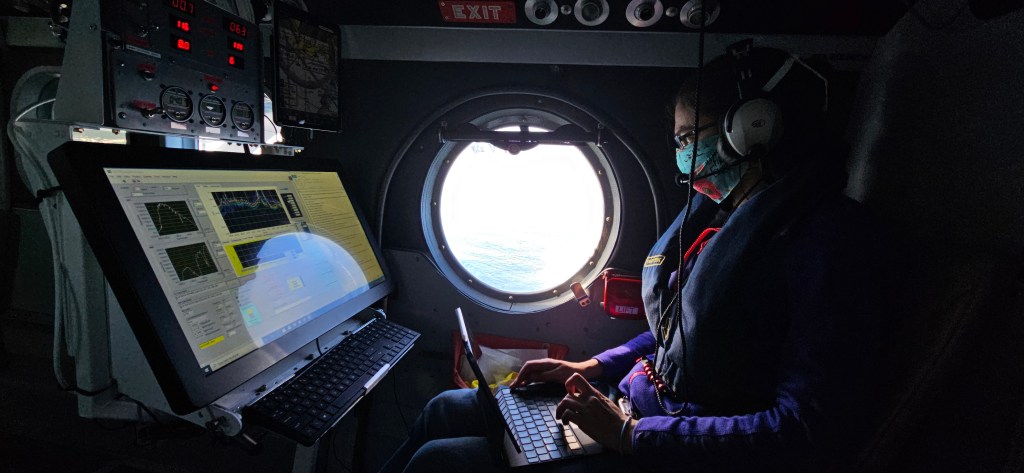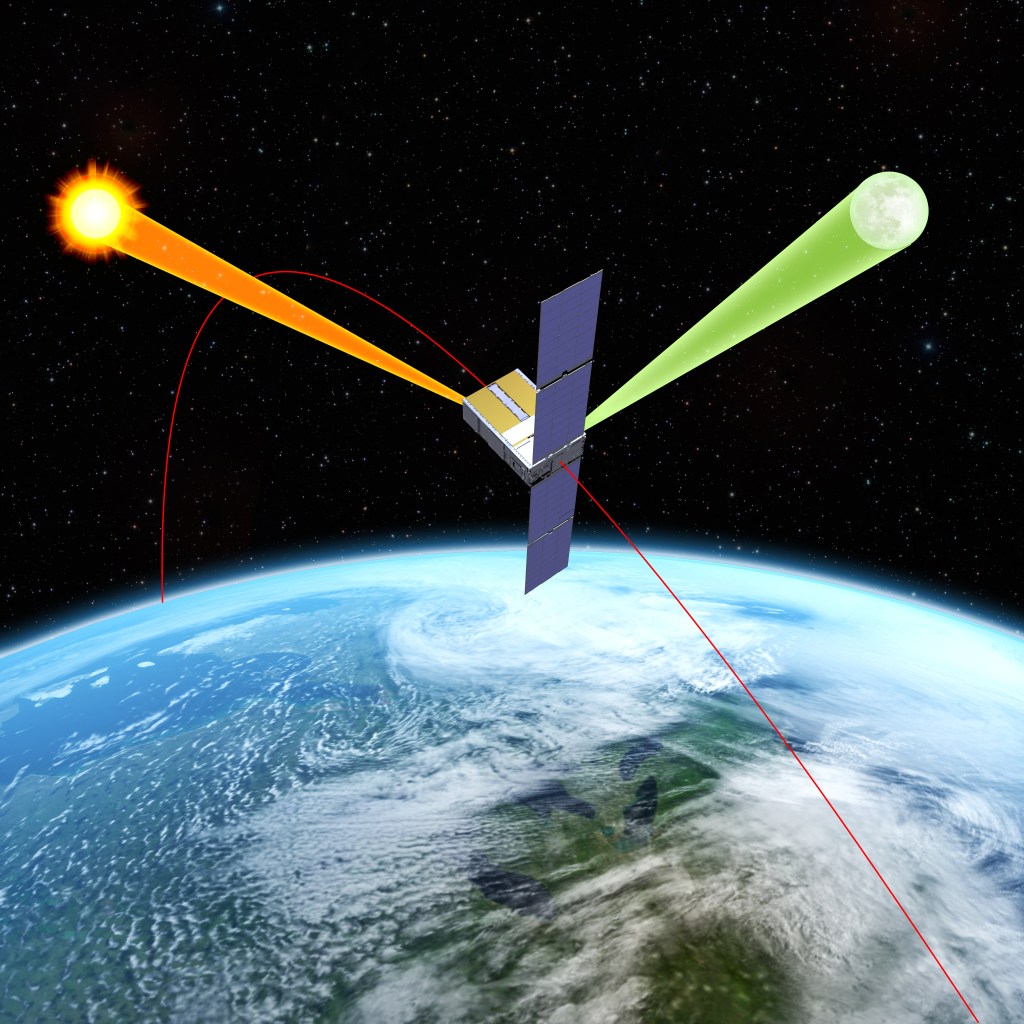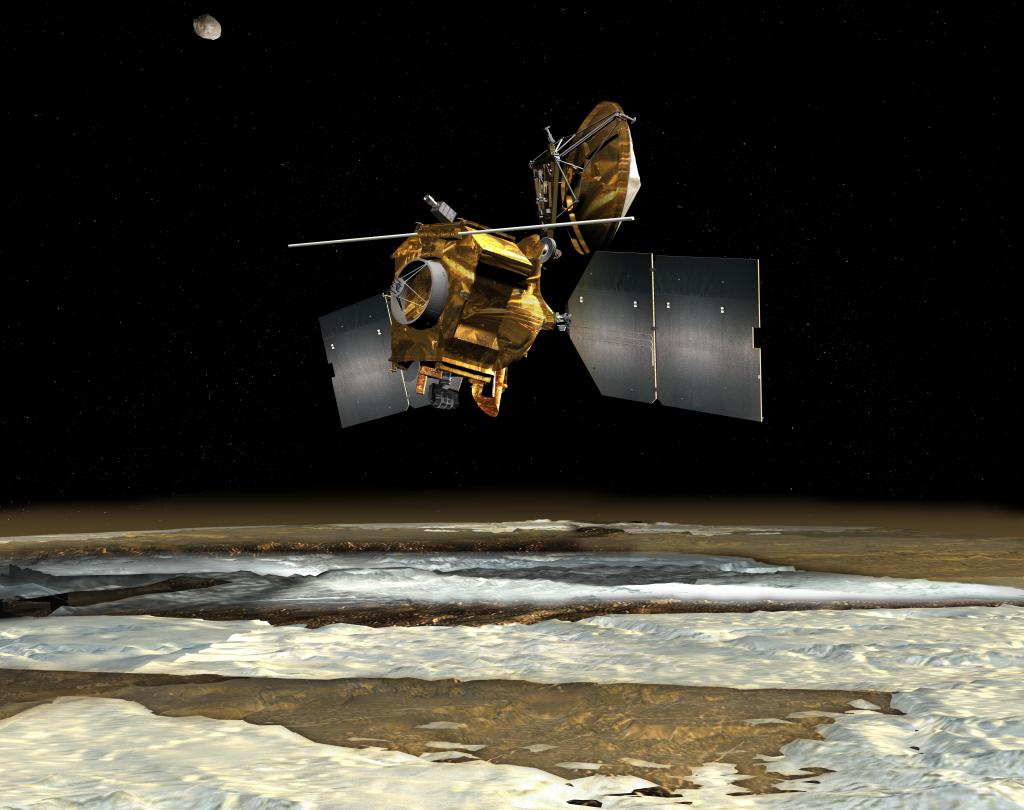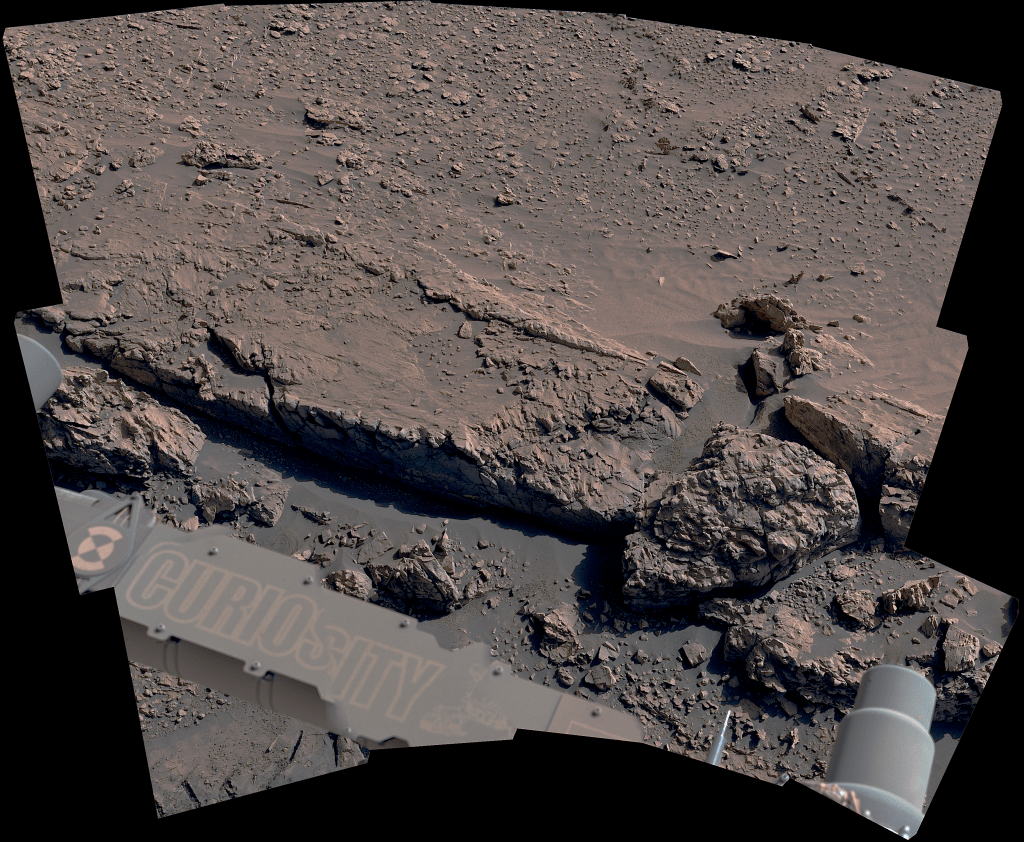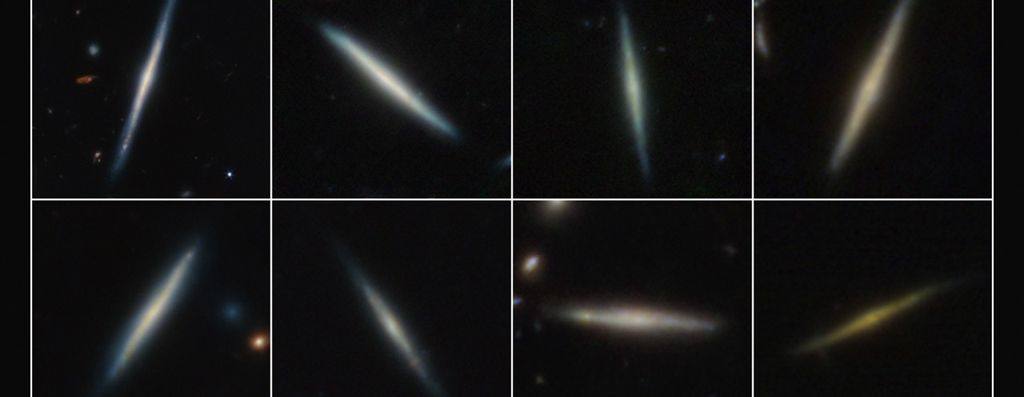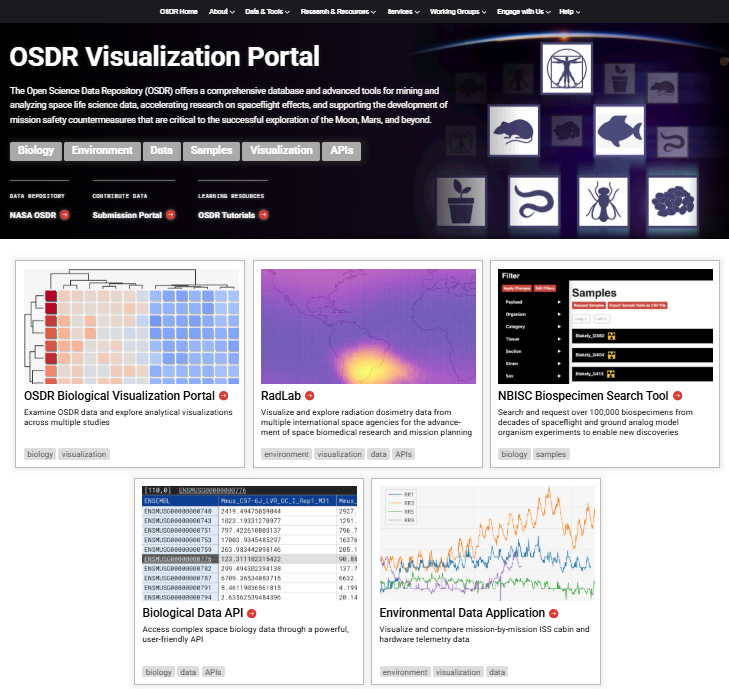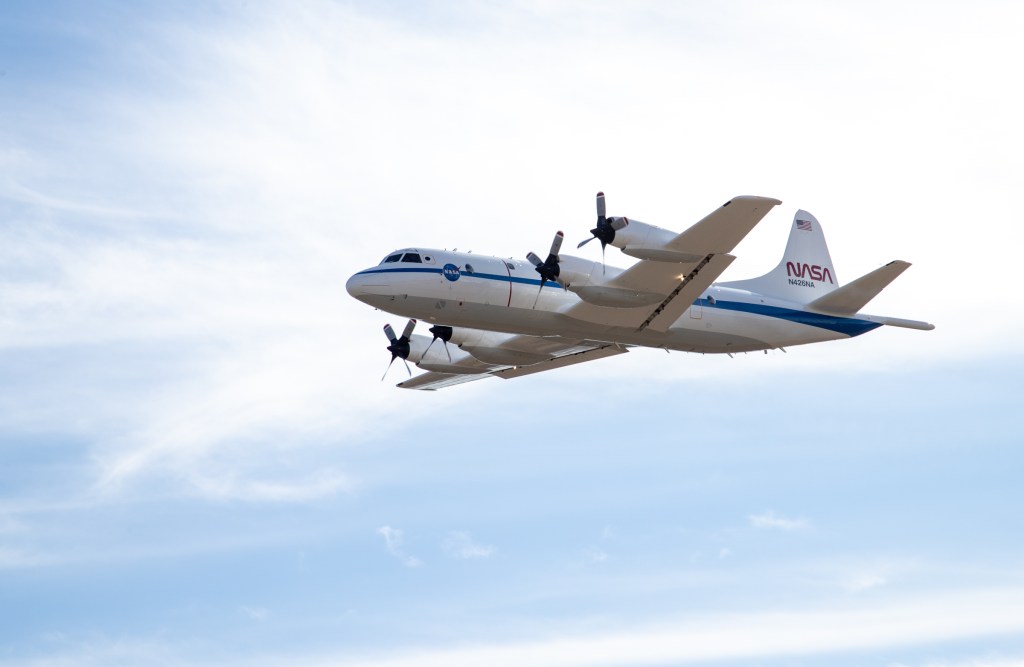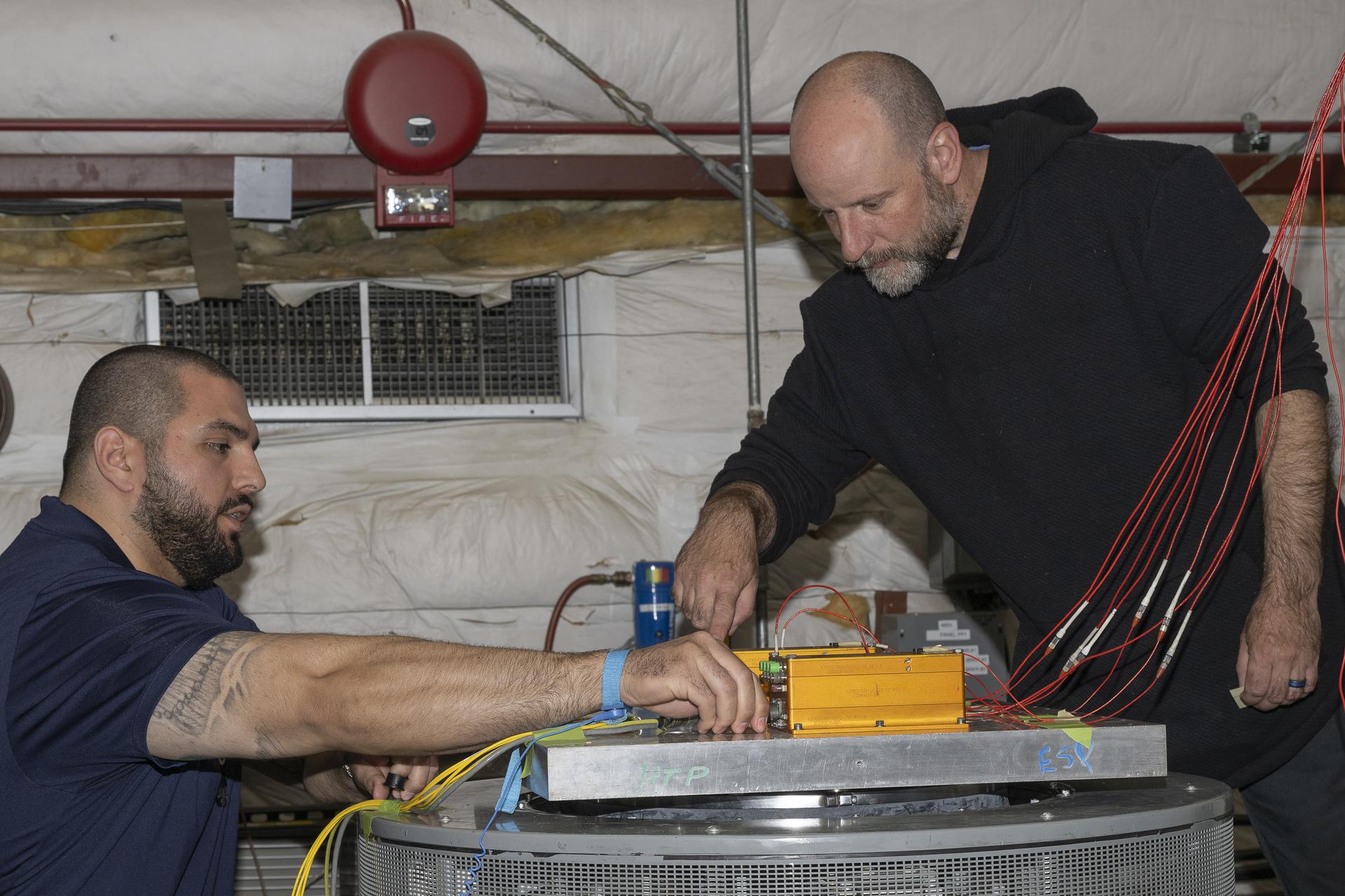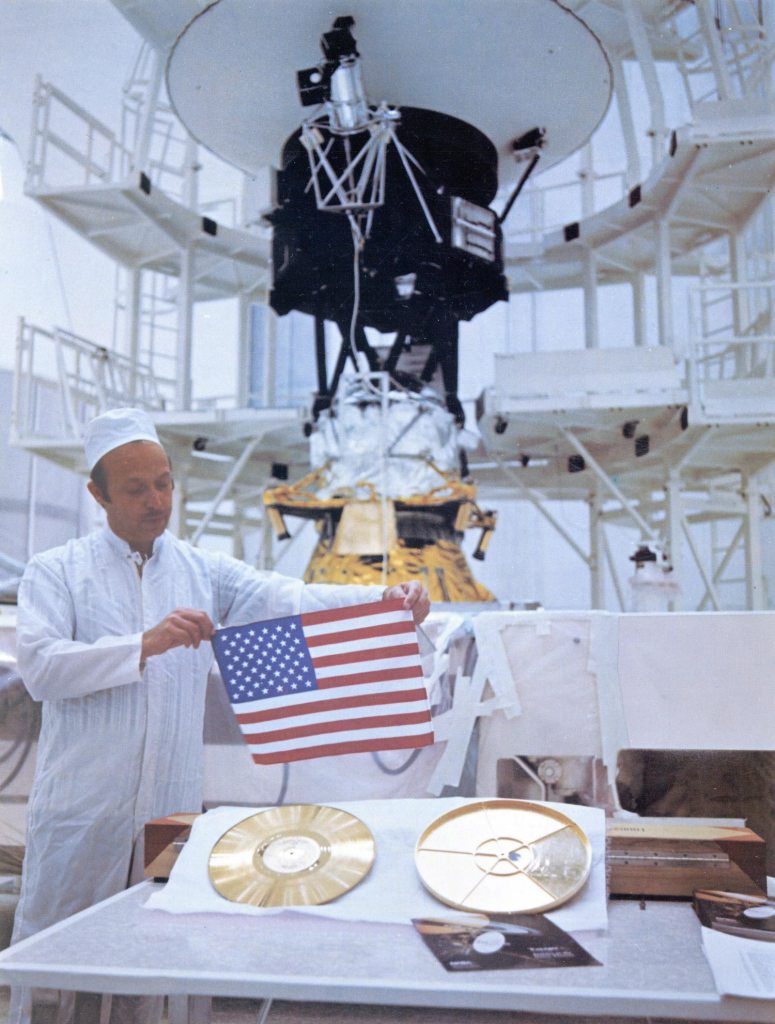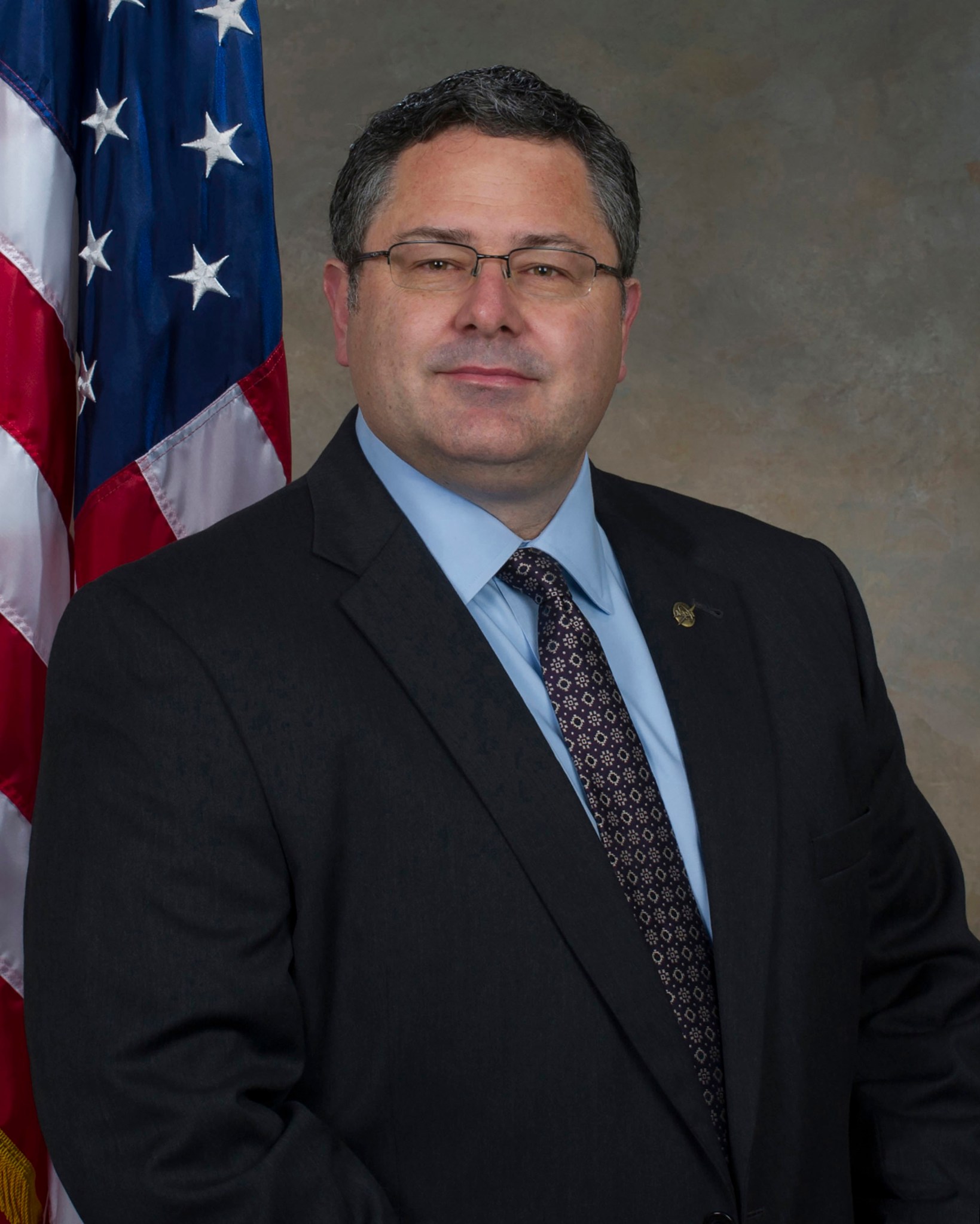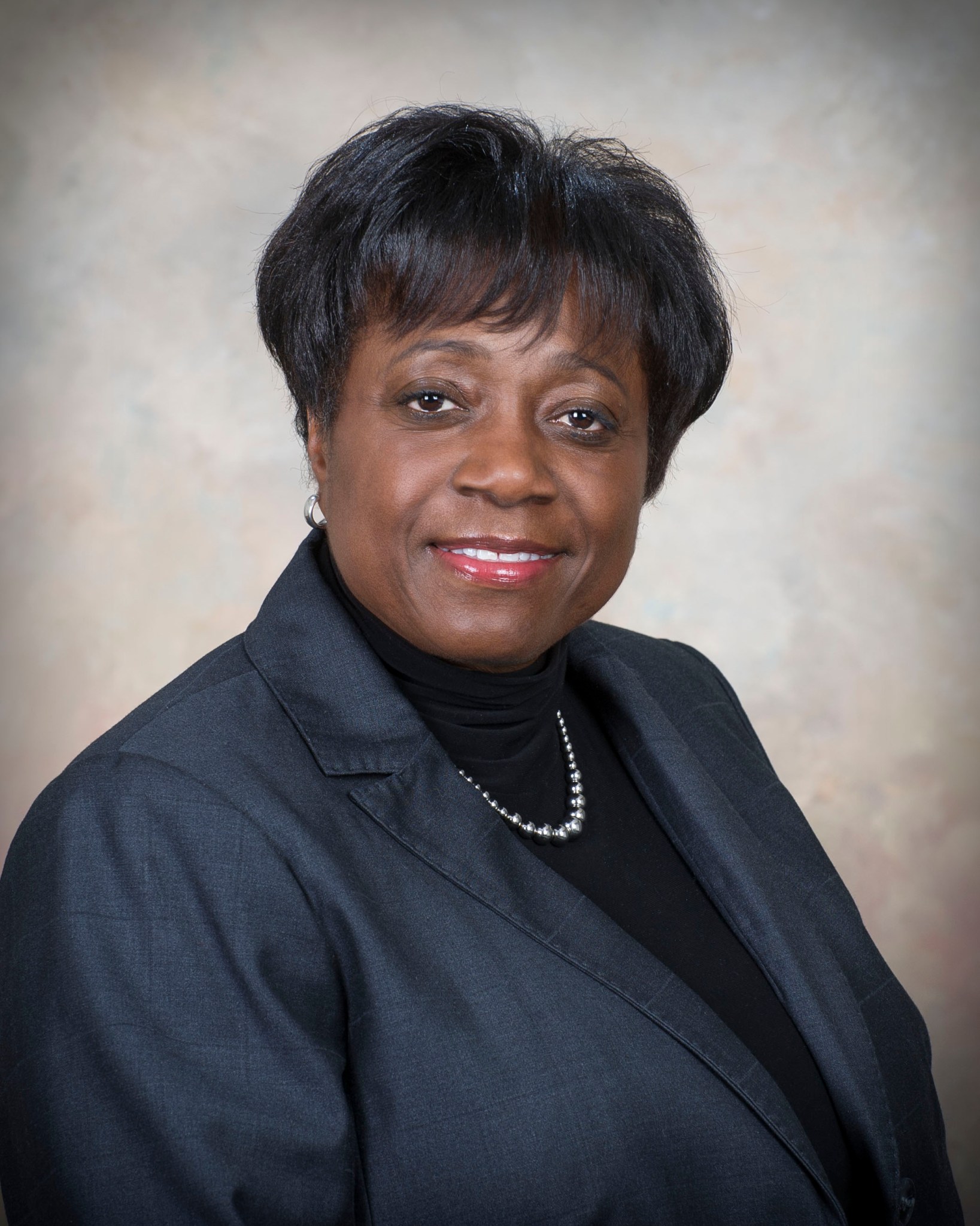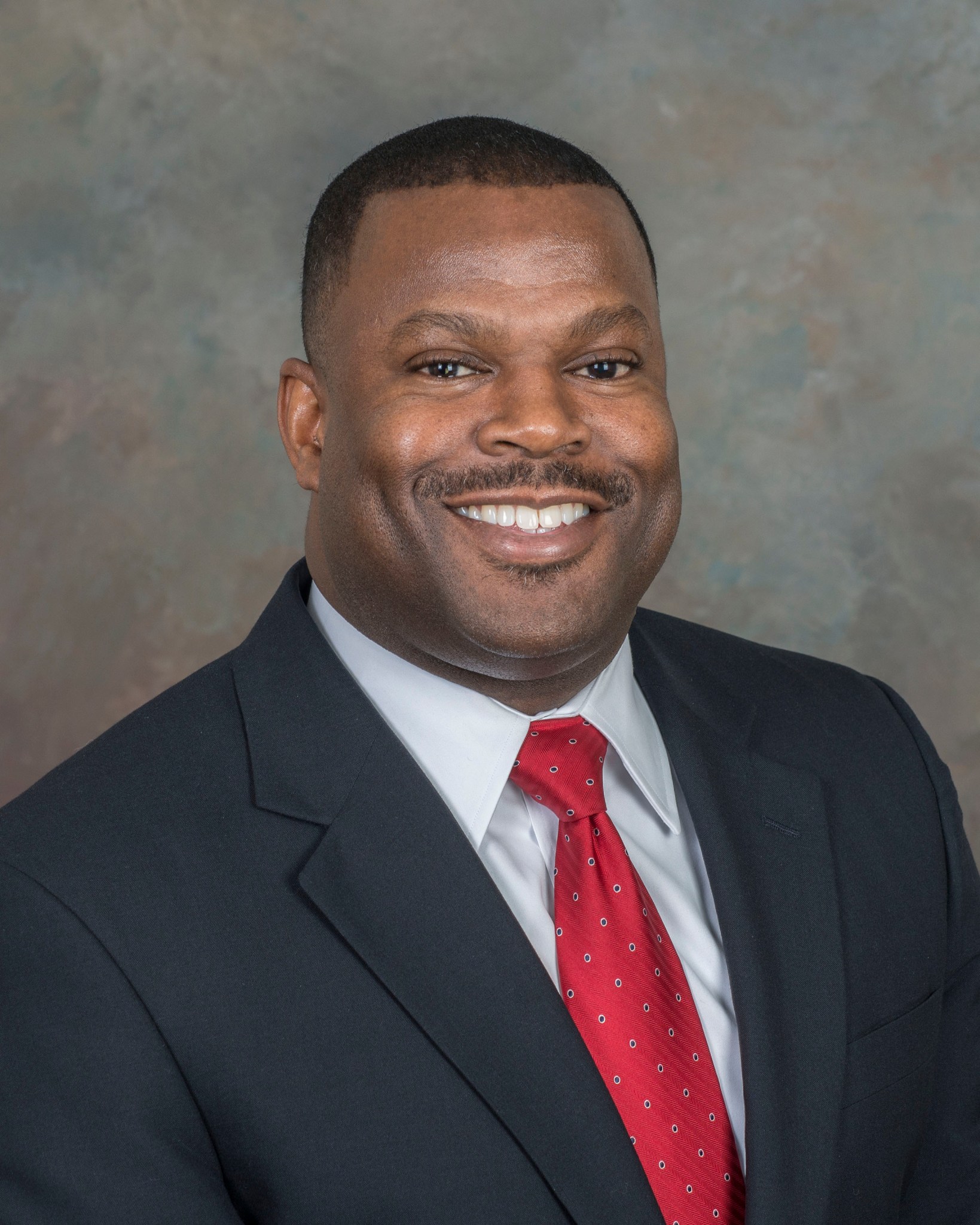In This Week’s Star
- Director’s Corner
- Last Leg of Welding Underway on Conical SLS Test Hardware
- The Journey to Mars Continues with Completion of Orion Pressure Vessel
- Abbie Johnson Named Assistant Director of Marshall’s Office of Diversity and Equal Opportunity
- Kevin McGhaw Named Office of Strategic Analysis and Communications Deputy Director
- This Week in NASA History: Apollo 14 Launches from Kennedy — Jan. 31, 1971
- 10-Year Anniversary of NASA’s New Horizons Mission Featured on ‘This Week @NASA’
Director’s Corner
On Jan. 28, NASA’s Marshall Space Flight Center will honor the Apollo 1, Challenger STS-51L and Columbia STS-107 crews, as well as other fallen members of the NASA family who dedicated their lives to space exploration. Our friends, colleagues and family across the agency will stand with us as we remember them and embrace their families, friends and students who suffered the losses directly.
We will come together at 9 a.m. in the lobby of Building 4200 for Marshall’s Day of Remembrance ceremony. Former astronaut Robert “Bob” Stewart, brigadier general, U.S. Army, retired, and mission specialist on STS-41B and STS-51J, will be with us to share his unique perspective and join us in lighting the memorial candle. NASA and Marshall will not be alone. Others across the nation, our state and community will conduct similar remembrances. Locally, Marshall will join with the U.S. Space & Rocket Center and with Challenger Elementary and Middle Schools in honoring those who dedicated their lives to space exploration.
Every year the number grows of those who lived and worked to advance America’s space program and who have since passed away. Every year their light illumines the way for still more who are drawn by their valor and commitment.
The new wave of daring applicants now seeking to join the astronaut corps will travel farther than ever before from the foundation laid by these heroes. This class will have the opportunity to travel to Mars.
Additionally, just as you and I benefit from those who have gone before us, this new generation will benefit from the efforts of everyone who is a part of Marshall — in Huntsville, at the Michoud Assembly Facility and across the nation — civil servants and industry partners alike. The tangible progress we are making in human space exploration — such as building the Space Launch System and research on the International Space Station — is paving the way for future explorers, scientists and engineers. They will stand on our shoulders as they continue the journey to Mars.
Hence, we honor those who’ve gone before and bolster those who will follow as we continue the mission with the support of our own families and friends. It renews us when we remember those who gave so much to get us to where we are today. We reflect on their amazing accomplishments, and we recommit ourselves to continue a mission greater than any of us alone.
Portraits of the crews of Apollo, Challenger and Columbia, as well as other astronauts who died during their time of service to the agency, will be on display in the lobby of Building 4200 again this year. These men and women represent the ultimate in courage — those who go into the unknown for our nation willing to risk their lives. I encourage you to make time to visit this display, appreciate what they have done for humanity and recognize their impact on your life and work.
I hope you will be among those attending this heartfelt commemoration. It is not merely a day of reflection; it is also a day full of promise and opportunity as we continue to pioneer this new frontier and take that next giant leap in exploration.
Todd
Last Leg of Welding Underway on Conical SLS Test Hardware
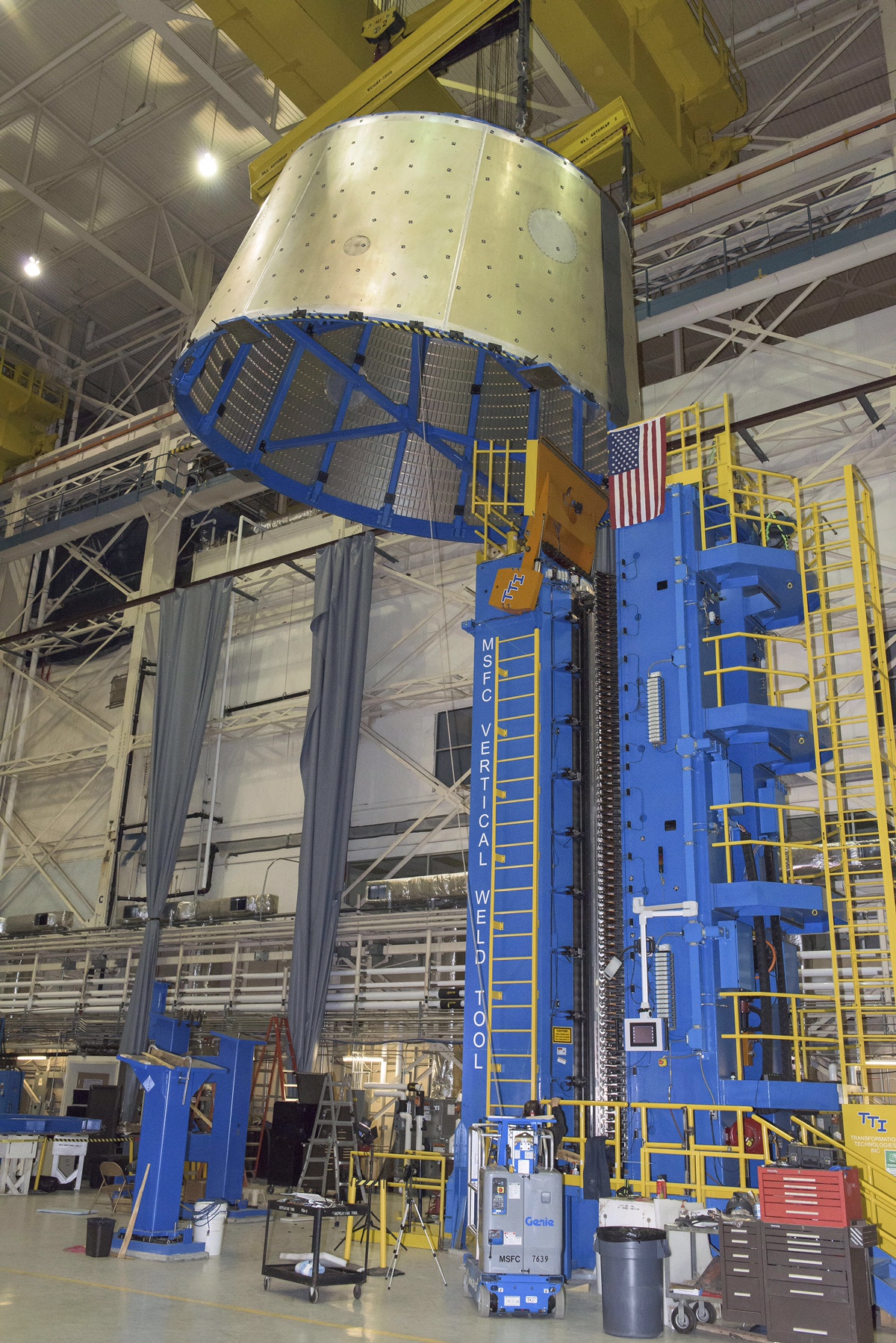
The aft cone, or bottom portion, of a test version of the launch vehicle stage adapter for the world’s most powerful rocket, NASA’s Space Launch System, is moved out of a weld tool after undergoing its final vertical weld at the Marshall Space Flight Center. The LVSA will connect two major sections of the SLS — the core stage and the interim cryogenic propulsion stage. Marshall and Teledyne Brown Engineering — prime contractor on the LVSA work — have two more major welds to finish the structural test article. When completed, the test hardware will be stacked with other structural test articles of the upper part of the rocket and tested in late 2016 at Marshall. The testing will verify the integrity of the hardware and ensure it can withstand the loads it may experience during flight. (NASA/MSFC/Fred Deaton)
The Journey to Mars Continues with Completion of Orion Pressure Vessel
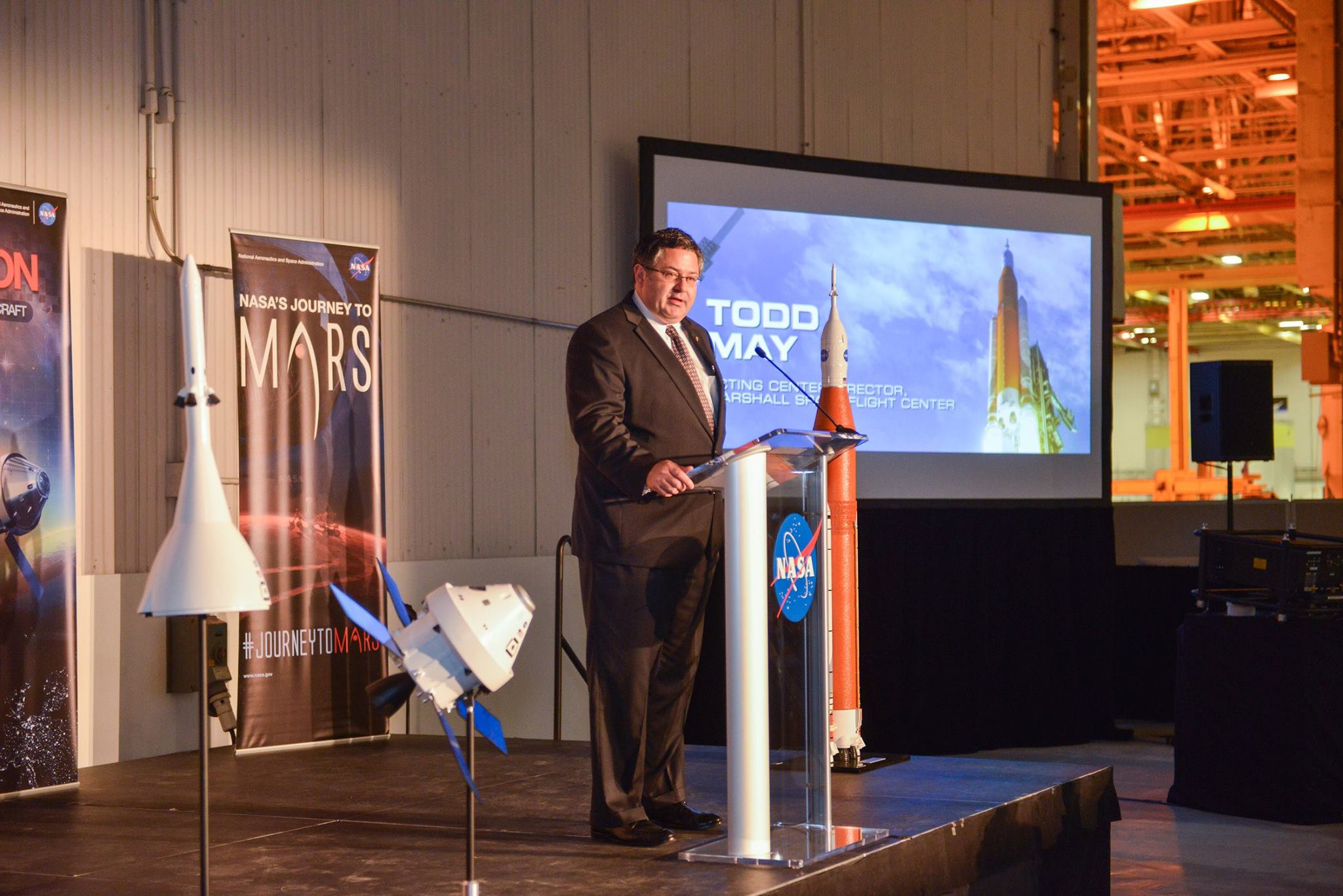
Todd May, NASA Marshall Space Flight Center’s acting center director, welcomes guests Jan. 26 at the media and stakeholder viewing and facility tour of the Orion spacecraft’s completed pressure vessel at the Michoud Assembly Facility. The pressure vessel, the underlying structure of the crew module, will be shipped to NASA’s Kennedy Space Center for outfitting with the spacecraft’s systems and subsystems. It then will be processed and integrated with NASA’s new rocket, the Space Launch System ahead of their first joint exploration mission, or EM-1. SLS will be the most powerful rocket ever built for deep-space missions, including to an asteroid and ultimately to Mars. Marshall manages Michoud and the SLS Program for the agency. (NASA/Michoud/Steven Seipel)
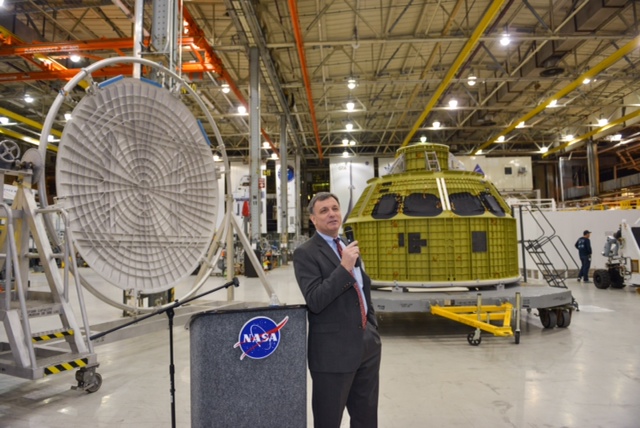
Mark Kirasich, Orion program manager at NASA’s Johnson Space Center, talks about the completed spacecraft pressure vessel and the agency’s journey to Mars Jan. 26 at the Michoud Assembly Facility. The Orion pressure vessel will provide a sealed environment for astronaut life support in future human-rated crew modules. The massive SLS core stage also is being built at Michoud. (NASA/Michoud/Steven Seipel)
Abbie Johnson Named Assistant Director of Marshall’s Office of Diversity and Equal Opportunity
Abbie Johnson has been named assistant director of the Office of Diversity and Equal Opportunity at NASA’s Marshall Space Flight Center. She supports the director in managing, planning and implementing a comprehensive equal opportunity program for Marshall.
Johnson was equal employment manager in the office from 2006 until becoming assistant director. She managed and monitored the implementation of Marshall’s Equal Opportunity Affirmative Action Plan and also managed several special emphasis programs, such as the Federal Women’s Program; African American Program; Asian American Pacific Islander Program; and the Lesbian, Gay, Bisexual and Transgender Program. She also coordinated Marshall’s annual Take Our Children to Work Day, which focuses on hands-on activities in science, technology, engineering and mathematics, or STEM, fields. From 500-to-800 children attend the outreach event annually.
Johnson was a paralegal in the Office of the Chief Counsel at Marshall from 1982 to 2006, where she supported attorneys in the areas of general and intellectual property law. She also was responsible for reviewing Freedom of Information Act requests, processing patent applications and Space Act Awards, responding to copyright inquiries and supporting litigation regarding patent infringement and discrimination complaints.
She began her civil service career in 1979 as a supply clerk at Puget Sound Naval Shipyard in Bremerton, Washington.
Johnson received a bachelor’s degree in education with a multicultural endorsement from Indiana University in Bloomington, and received an associate degree in paralegal studies from Calhoun Community College in Huntsville.
She has received numerous honors during her career, including the Equal Employment Opportunity Medal for creativity in the planning and execution of programs for women and girls which enlighten and empower them to aspire and achieve their potential; the NASA Medal for Exceptional Achievement for exemplary performance in providing paralegal services and support to the Marshall Office of the Chief Counsel; a Space Flight Awareness Silver Snoopy Award; Marshall Director’s Commendation Honor Awards, Special Service Awards and various performance awards.
Johnson is a native of Athens, Alabama. She and her husband, Leon, live in Huntsville. They have two sons.
Kevin McGhaw Named Office of Strategic Analysis and Communications Deputy Director
By Brian C. Massey
With years of experience engaging elected officials and public stakeholders, Kevin McGhaw was recently named deputy director of the Office of Strategic Analysis and Communications at NASA’s Marshall Space Flight Center.
He will help lead an organization of 160 civil service and contractor personnel who provide strategic planning, objective analyses and comprehensive communications to support policy, program and budget decisions for Marshall.
OSAC’s five divisions help Marshall leaders determine the center’s objectives and direction; thoroughly analyze costs and risks; engage with stakeholders; and evaluate the requirements of programs, projects and missions; while informing and educating the public and elected officials about Marshall’s work.
“With my background in legislative relations, I look at OSAC as a perfect vehicle to tell NASA and Marshall’s story,” said McGhaw. “Both the analysis and communications sides of OSAC work well together to communicate Marshall’s projects, capabilities and performance to many different audiences. That’s something I am passionate about — engaging elected officials, employees, external stakeholders and the public, while highlighting the amazing things our team is doing and plans to do.”
But McGhaw didn’t always know that NASA would be the right place for him.
“What NASA does, especially at Marshall, is amazing. But growing up, while I enjoyed learning about space, I never saw myself working in that field,” he said. “I didn’t aspire to be an astronaut. And unlike many people who work at Marshall, I didn’t know I wanted to work for NASA as a kid. It wasn’t until after college, and after some real-world experience, that I realized NASA and Marshall were the perfect place for me.”
McGhaw graduated from Morgan State University in Baltimore in 1996. In the diverse setting of the historically black university, he found his true calling — building relationships while promoting a message.
“You hear the phrase ‘people person,’” he said. “That’s me. And I love that I get to bring that into my work. Getting to know people while telling NASA’s story is a great job and one that I really enjoy.”
As an intern with a national political party organization, McGhaw first realized he could turn his passion into a career. His first experience came while helping a campaign engage African-American voters, and continued as he served as the Southern African-American outreach coordinator for a presidential campaign.
After that successful campaign, McGhaw accepted a Presidential Appointment at NASA Headquarters. There he engaged elected officials while promoting NASA.
“Engaging people is very important for any campaign, agency, advocacy group, non-profit organization, industry or even business to be successful,” he said. “You’ve got to be innovative and creative in the ways you present your message.”
After his presidential assignment, McGhaw founded a successful consulting company before returning to NASA in 2008 as Marshall’s legislative affairs specialist. Four years later he was named deputy manager of Marshall’s External Affairs Office, and in 2013 was named its manager. The office served as Marshall’s liaison with local, state and federal government officials, industry, civic and community leaders, and other opinion leaders to educate and inform stakeholders of the importance of Marshall programs and projects.
At Marshall, McGhaw again found the opportunity to answer his calling by building relationships while promoting NASA’s message. He and his team told NASA and Marshall’s story by managing relationships with industry partners; supervising Marshall’s visitor programs; coordinating Marshall events and external outreach activities; and creating communications products to enhance the understanding of Marshall’s work.
McGhaw believes NASA’s message is unlike any other in federal government. “NASA’s core issue is exploration. You’re inspiring people — that innate natural desire to want to know what’s beyond what we can see, beyond what we can touch. Humankind naturally desires to explore, and NASA is focused on doing just that. NASA works to expand what we know about ourselves, Earth and what’s beyond — that’s a fun story to tell.”
A graduate of NASA’s LASER Supervisory Development Program, Mid-Level Leadership Program and Marshall’s Leadership Development Series, McGhaw has received the NASA Exceptional Achievement Medal and the Silver Achievement Medal for his service to NASA.
Massey, an ASRC Federal/Analytical Services employee and the Marshall Star editor, supports the Office of Strategic Analysis & Communications.
This Week in NASA History: Apollo 14 Launches from Kennedy — Jan. 31, 1971
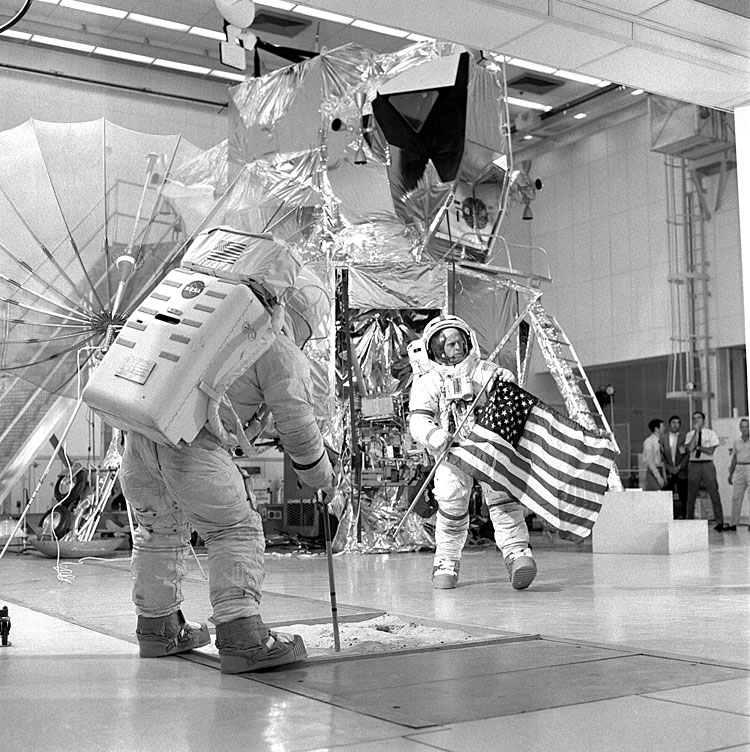
This week in 1971, Apollo 14 launched from NASA’s Kennedy Space Center. The mission crew included Commander Alan B. Shepard Jr., Lunar Module Pilot Edgar D. Mitchell and Command Module Pilot Stuart A. Roosa. Here, crew members training for an extra vehicular activity. During two lunar EVAs, Apollo 14’s crew collected 94 pounds of moon rocks and conducted several scientific experiments. The NASA History Program documents and preserves NASA’s remarkable history through a variety of products — photos, press kits, press releases, mission transcripts and administrators’ speeches. For more pictures like this one and to connect to NASA’s history, visit the History Program’s Web page. (NASA/KSC)
10-Year Anniversary of NASA’s New Horizons Mission Featured on ‘This Week @NASA’
The 10-year anniversary of the New Horizons mission to the dwarf planet Pluto is featured in the latest edition of “This Week @NASA,” a weekly video program broadcast nationwide on NASA-TV and posted online.
Jan. 19 marked 10 years since the 2006 launch of NASA’s New Horizons spacecraft to Pluto. The spacecraft completed its historic flyby of Pluto last year, with its closest approach July 14. Reconnaissance of the Pluto system and the Kuiper Belt is giving us unprecedented insight into the makeup of worlds at the edge of our solar system. The imagery returned by New Horizons has included many unexpected features on Pluto, including a recently released view of what might be the largest ice volcano discovered in the outer solar system.
New Horizons is part of the New Frontiers Program, which is managed by NASA’s Marshall Space Flight Center.
View this and previous episodes at “This Week @NASA” or at https://www.youtube.com/user/NASAtelevision.

